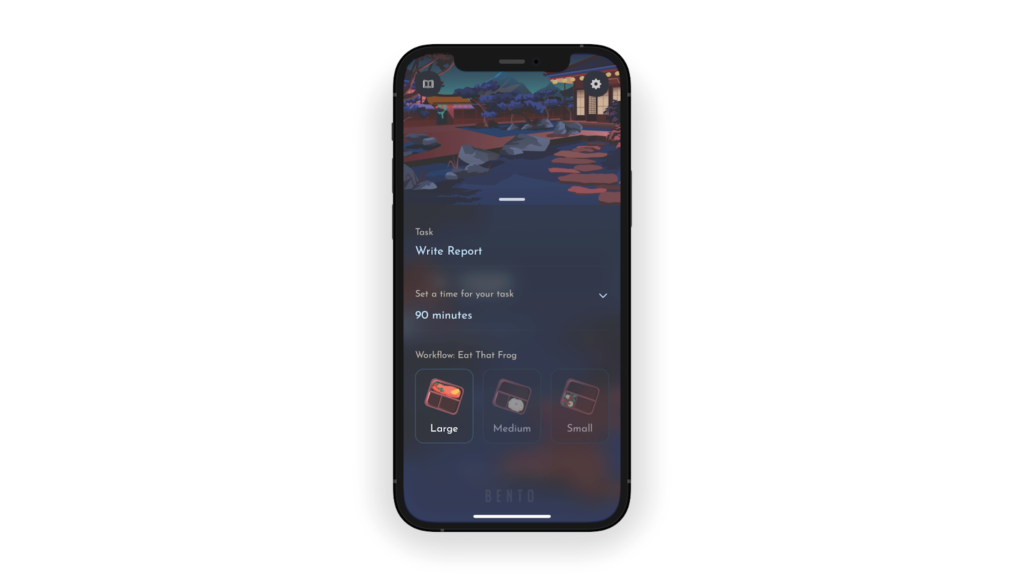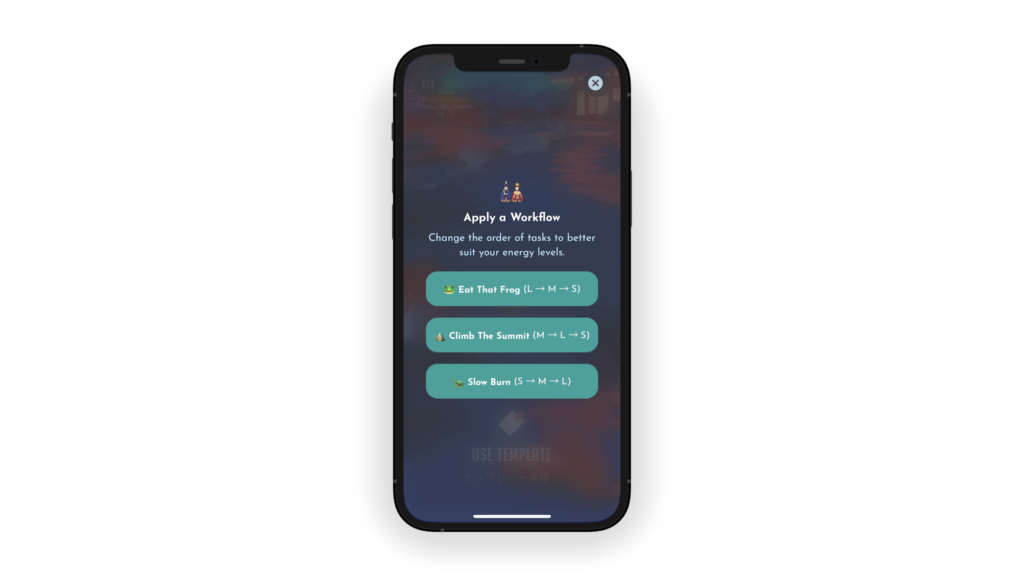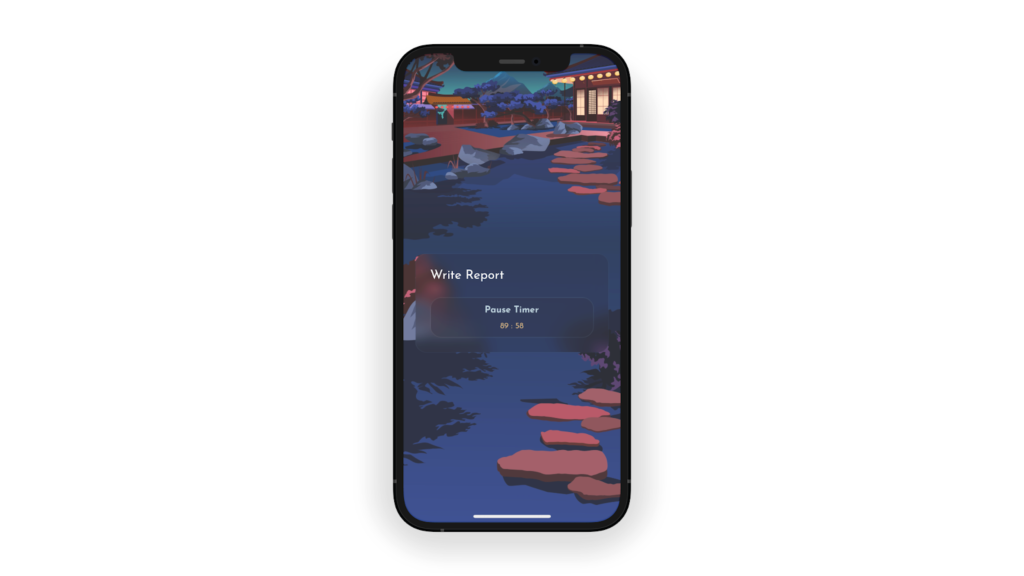Welcome to this edition of our Tools for Thought series, where we interview founders on a mission to help be more productive without sacrificing our mental health. Francesco D’Alessio is the creator of Bento, a methodology that limits you three tasks per day for better prioritisation. The best way to apply the methodology is to download the app, which is available on iOS and soon on Android.
In this interview, we talked about how to design your workflows to balance your energy levels, how limits can help you achieve more, the biggest challenges in personal productivity, why we should be more intentional with our to-do lists, how to go from task overload to true focus, and more. Enjoy the read!
Hi Francesco, thank you so much for agreeing to this interview. What do you think are some of the biggest challenges people face when managing their productivity?
Thank you to everyone at Ness Labs for having me. Personally, I think one of the biggest challenges with productivity right now is prioritising tasks. For knowledge workers, the tasks we assign ourselves are either overreaching or under-whelming, leaving us feeling unachieved by the end of the day.
We add more and more to our lists, naturally without considering the value of each task, this overwhelm can lead to burnout, workplace stress, and a lack of success at the end of your day. This can then compound further, having an impact on your next day’s productivity too. It can turn into a really destructive pattern.
Introducing better, more systematic ways to select your tasks with Bento, we hope will change the approach many knowledge workers use to accomplish their most important tasks. Our goal is to help you select more intentional tasks.
Many people have tried to tackle these challenges. What makes Bento different?
Bento isn’t just an app, but a methodology. Our key objective is to combine healthy, mindful practices to build a framework first, then an app second. You can use Bento anywhere — though, of course, we want you to do it with the Bento app, as we’ve built it to be the single best place to implement the method.
Another big challenge we face day-to-day is balancing energy levels. Many apps that offer a more intentional approach fail to address managing energy alongside workflow elements. With Bento you can apply simple strategies that order your tasks based on your energy that can be tailored with each box you create.
Our vision is that limits can help you accomplish your most meaningful tasks. That’s why Bento has a “3×7 limit” — it limits you to three tasks (one large, one medium, one small) and seven boxes in total. Seven Bento boxes is plenty to build your own Bento for a week of tasks.
Was there an “aha” moment that convinced you to Bento into the world?
Bento was born from a pain point I saw with many people’s experiences through reading comments, speaking to people in offices, and my own love for everything in Japanese culture.
It was only in early 2021 that I decided to pop my developer friends Karl and Robin a message to see if they were interested in collaborating together to build an app. Many late night calls for the next year then helped us produce a beautiful application and thoughtful methodology, which was a really fulfilling experience for all of us.
Okay, so let’s say I have made my Bento for the day. What do I “eat” first?
Once you have your three tasks ready you apply a workflow. A workflow is very simply the order in which tasks are completed, with the goal of balancing your energy levels.
You can choose one of the three workflows:
- Eat That Frog is taken from the classic productivity book of the same name by Brian Tracey — with this workflow, you focus on your most largest task first, move onto a medium task, and finish with your small task.
- Climb The Summit is a balanced approach to your day. You begin your day with a medium-energy task, moving to the biggest task, and finishing with your small task.
- Slow Burn is perfect for slow-starters to the day. You begin with your smallest task, and then move onto a more demanding task, gradually working your way towards the largest task, which is great for afternoon peaks of energy.
We designed Bento to be flexible, so you can assign a workflow to a box each time you create one, perfect for an ever-changing energy level you might face.
That sounds like an incredibly simple and powerful method. But, let’s be honest: even with the best of planning and intentions, we often get distracted.
Distraction is something everyone faces, sadly not one of us has escaped it. Whilst it isn’t impossible to remove distractions, inside of Bento, we designed our focus experience around the concept Cal Newport introduced in “Deep Work” — a classic productivity read about the value of limiting distractions.
Bento’s one-task focus mode helps you hone into a single task at a time. The goal behind this is to block the view of every other task and to focus on your one primary goal. A significant challenge with task overload is the element of exposure to what’s next. If you eliminate this by removing the other tasks on your list, you can only direct your mind’s attention to your true focus target.
A subtle distraction that gets overlooked is context switching. One-task focus also reduces the occurrences of context switching that commonly come from just seeing your other tasks on your list.
So, should people fully switch to Bento and forget about their current to-do lists?
Short answer: No, Bento complements existing applications. We believe Bento is a layer you can add to your existing tools and use Bento as the focus framework for getting less done.
In the next few weeks, we’ll be introducing the Bento Method course — a framework and guide on how to apply the exact framework to the tools you use everyday. This will allow people to use Bento where they see best, though we still maintain that the Bento app is the best place to apply the Bento Methodology.
Looking forward to the course! What kind of people use Bento?
Right now, we’re seeing a lot of productivity folks using it alongside their existing tools, thanks to the nature of Bento complementing apps.
From our beta testing, we actually discovered that Bento can be used in a wide variety of situations. For example, we spoke with a dad who started using Bento with his daughter who has autism, and found that the timer system and focus on three tasks helped her train her focus — this is something we’re eager to explore more.
The methodology and app are so wide reaching that we’re finding many people who suffer from workplace stress, task overwhelm, or prioritisation struggles getting huge value from Bento, many of whom are knowledge workers.
What about you… How do you personally use Bento?
Bento is one of those concepts that can be layered over whatever you use. Right now, I’m using Bento daily as I narrow down what matters in my own Sunsama account. Obviously, things are added to my backlog throughout the day, but my Bento box helps me to stay focused on what matters if all else fails. When I complete my Bento box items, I tend to feel a sense of success by accomplishing those intentional tasks I laid out the night before.
And finally… What’s next for Bento?
Our next goal for Bento is Android, which is set for very soon. In between, we’ll launch the official Bento course with templates for existing applications like Notion, ClickUp and many more to offer people a way to implement the Bento methodology inside of their existing experiences. After that, our goal is to create Bento on more devices, allow synchronisation, and explore how Bento can be suggestive to working more mindfully and effectively on tasks.
Thank you so much for your time, Francesco! Where can people learn more about Bento and give it a try?
Thank you for sharing this folks, we can’t wait for people to try Bento. Bento is available to download on iOS, and there’s a waitlist for Android. You can also follow our journey on Twitter.



